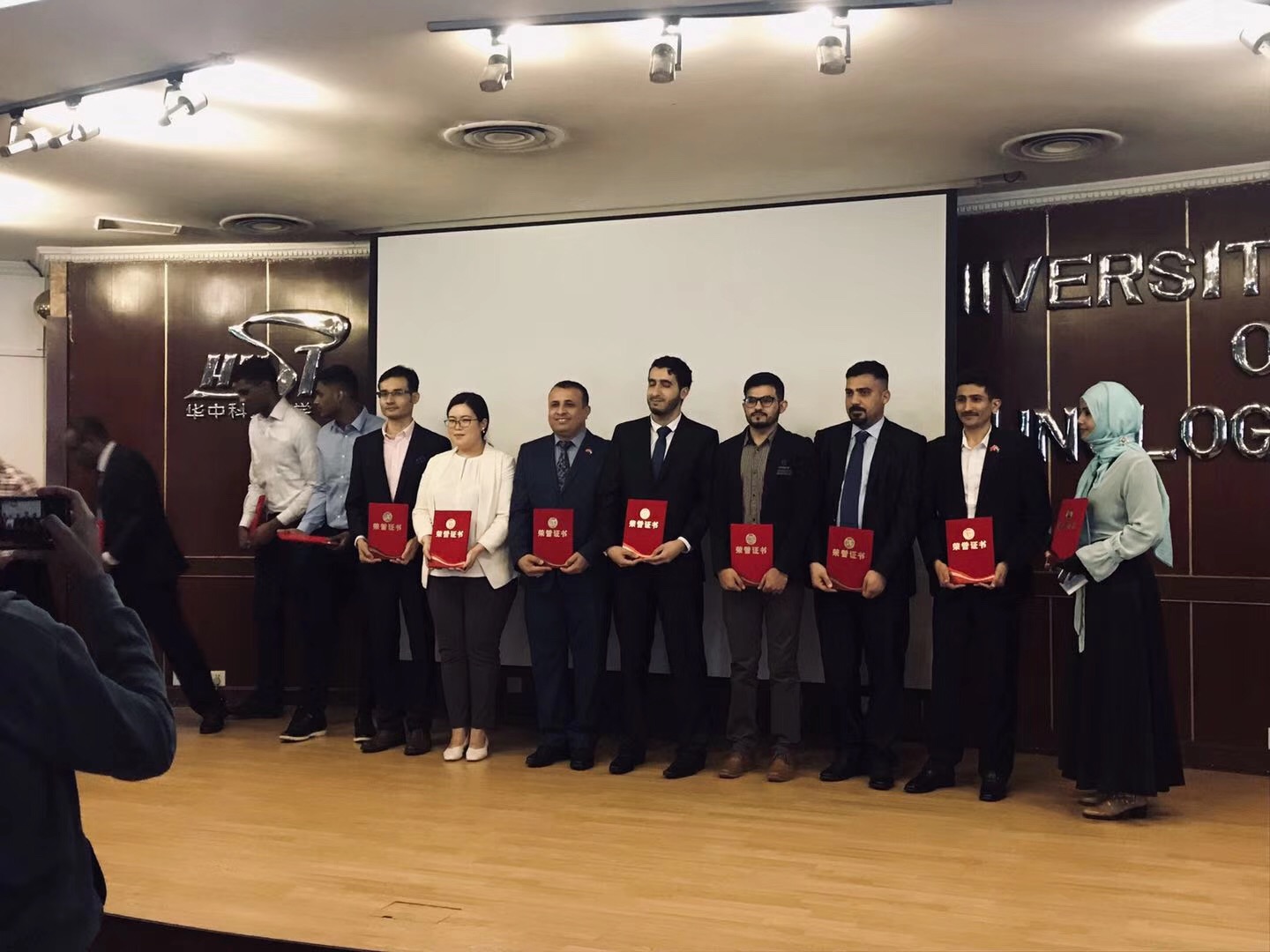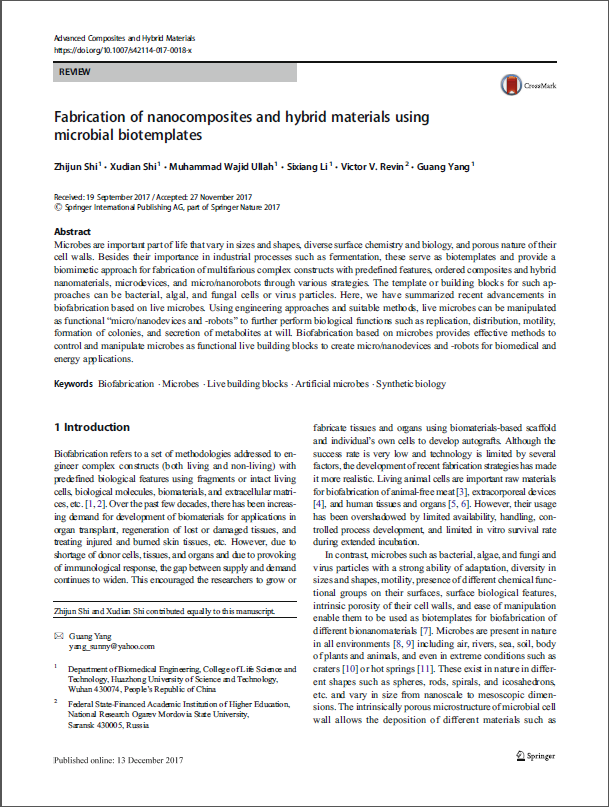Essay topic:Spherical Blackberry-type Capsules Containing Block Copolymer Aggregates
Ambit:Functional polymer
Author:Renata Vyhnalkova,Lin Xiao(共一作者),Guang Yang, and Adi Eisenberg*
Key words:Block Copolymer
Source: journal
Specific source :Langmuir, 2014, 30(8): 2188-2195.
Published:2014.02
Abstract:
The design, preparation, and properties of nanosized blackberry-like structures are described. These capsules are composed of two layers of individual block copolymer aggregates, relatively large core vesicles onto which is deposited a layer of smaller vesicles or micelles. The composition of the adjacent layers is such as to ensure strong electrostatic interactions between them. The core vesicles are typically composed of either PS-b-P4VP with a positively charged corona or of PS-b-PAA with a negatively charged corona, and are surrounded by a layer of smaller, oppositely charged block copolymer vesicles or micelles. These composite structures bear a strong resemblance to blackberries, hence the proposed name. The blackberry structures can be prepared in solution or on a flat surface, for example, a silicon wafer. Four compositional possibilities for the blackberries structures were studied, in which the positively or negatively charged core vesicles are covered either by a layer of oppositely charged micelles or by vesicles. These structures represent the earliest stage of a layer-by-layer approach of small spherical aggregates onto a larger spherical hollow core. The strong interaction between the contacting layers is achieved by electrostatic interactions or by complementary acid?base properties, for example, H-bonding. These multicompartmented capsules could be used potentially as delivery vehicles for multiple components; each layer of the capsules could be loaded with hydrophobic (in the core of the micelles or vesicle wall) or hydrophilic molecules (in the vesicle cavity). The overall size of such structures can vary, but in any case can be kept below 1 μm.






